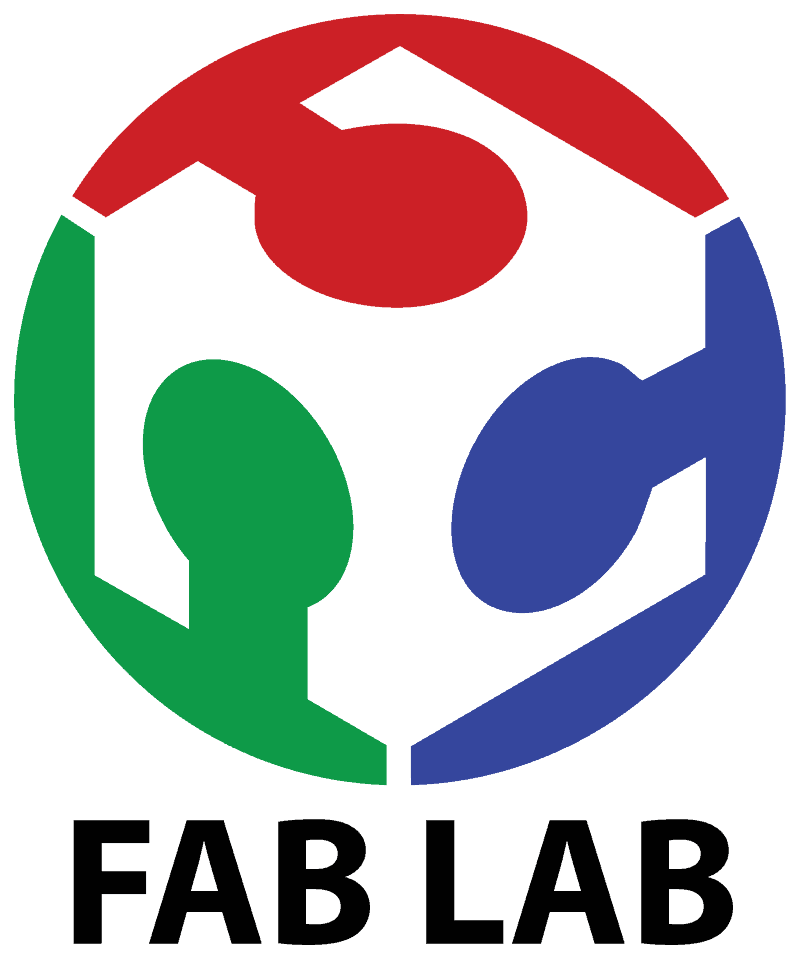What is a FabLab
How did the FabLab concept arise?
How would the world look like if everyone besides a inkjet printer, would also have a ' Startrek Replicator ' on its desk? This device from the popular science-fiction series could create any object from a cup of tea to a computer.
According to MIT Professor Neil Gershenfe LD is no longer the question of whether this future scenario becomes reality, but when. ' The steps to accomplish such a thing are all about a timetable of about 20 years. ', says Neil Gershenfeld, ' although few people realize it, we are working on the next digital revolution, that of Personal Fabrication. ' While Neil Gershenfeld was hard at work in the lab at MIT to achieve this goal, he unexpectedly stumbled upon another phenomenon. To teach students to go with the supersonic, millions of dollars costing devices they need for their research, he devised a course that was called ' How to make (almost) anything '. But instead of the handful of technical students for which the course was meant, there were hundreds of people on the pavement, who begged them to follow the course. These were not the technicians that Neil Gershenfeld had on the eye, but artists, inventors, ordinary people, driven by a common goal: they wanted to make something.
LD is no longer the question of whether this future scenario becomes reality, but when. ' The steps to accomplish such a thing are all about a timetable of about 20 years. ', says Neil Gershenfeld, ' although few people realize it, we are working on the next digital revolution, that of Personal Fabrication. ' While Neil Gershenfeld was hard at work in the lab at MIT to achieve this goal, he unexpectedly stumbled upon another phenomenon. To teach students to go with the supersonic, millions of dollars costing devices they need for their research, he devised a course that was called ' How to make (almost) anything '. But instead of the handful of technical students for which the course was meant, there were hundreds of people on the pavement, who begged them to follow the course. These were not the technicians that Neil Gershenfeld had on the eye, but artists, inventors, ordinary people, driven by a common goal: they wanted to make something.
 Surprising products came out. So someone made an alarm clock with which you have to struggle to prove that you are awake. Another made a Web browser for his parrot. Again someone else made a dress, which bolts up when someone gets too close, to protect her personal space.
Surprising products came out. So someone made an alarm clock with which you have to struggle to prove that you are awake. Another made a Web browser for his parrot. Again someone else made a dress, which bolts up when someone gets too close, to protect her personal space.
All products that you can not buy in the shop, and for which no produktdevelopment team from a large company will run hot. They are products for a market of 1, products made as personal expression. Ken Olsen of DEC made the legendary statement in 1977 that he saw no reason for people to use a computer at home. After all, who would like to have a bookkeeping at home, or to keep a salary administration? But that is not what the PC was going to use.
The killer app for home use has been personal expression: listening to music, storing and manipulating photos and video, maintaining contacts.
The basic idea
All FabLabs in the world have about the same machines. This makes it possible to exchange files and thus keep the production locally. The 3 machines each FabLab has are a laser cutter, a 3D printer and a milling machine. These machines are too small to be able to work with metals, but are perfect for wood, plastics, paper, cardboard, etc. So everything you can do in FabLab-Leuven can be made in all other FabLabs!! This ensures that plans can be sent around the world and that everyone can make them if they want and help improve.
The Fab Charter
Furthermore there is the FabLab charter, Which all FabLabs endorse and therefore all people who Use a FabLab. Read this and live it after!
Sharing knowledge
A last important part of the FabLab concept is the sharing of knowledge. Nothing in the world is free and yet the FabLabs offer their services for free. Absolutely free?!? Not really, we want you to share the knowledge you have, with others. So if you get something in FabLab-Leuven, the use of the appliances is free, provided you tell everyone what you have made and how! So create a FabMoment, put your plans online and let others enjoy it.
This concept is relatively new and people are suspicious opposite. But it is not the case that knowledge sharing is the same as giving away knowledge. So if you have a good idea, you are still protected through the creative-Commons licenses that apply in the FabLab. In short: Everyone is allowed to reproduce your idea for personal use, but they cannot use it commercially. If they want this anyway, they must have YOUR permission!



